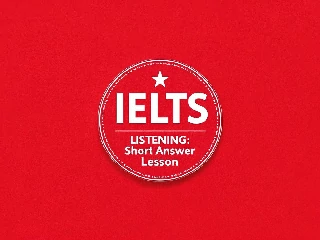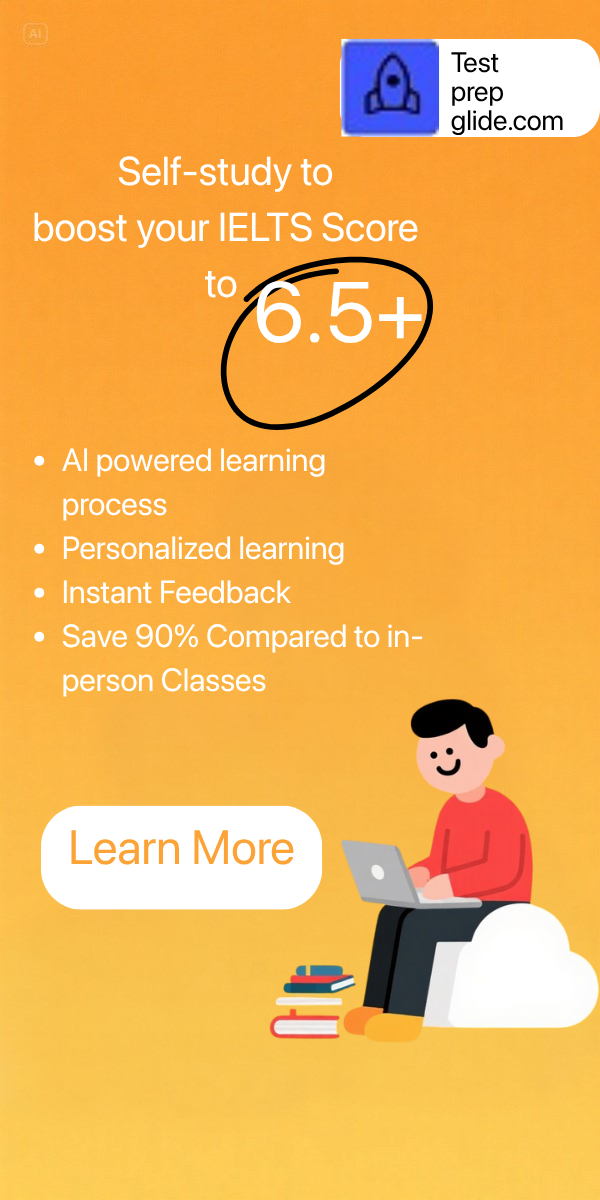Strategies for Tackling Short Answer Questions in the IELTS Reading Exam
Short answer questions are often considered among the most straightforward tasks in the IELTS reading test. For these items, responses must adhere to specific word limits—either one word and/or a number, at least two words and/or a number, or up to three words and/or a number. Additionally, locating answers tends to be simpler compared to other question formats. Below are practical strategies for mastering this question type.
Highlight Key Terms in the Question
A proven approach for IELTS reading success involves identifying and marking essential keywords in each question. Focus on nouns and verbs that define the question’s purpose, while ignoring prepositions, articles, or other non-critical terms. For instance:
Which programming language is employed in designing DNA circuits?
How long was the biological structure created by Voigt?
In these examples, the underlined keywords clarify the question’s intent and guide you to the relevant section of the text.
Determine the Question’s Focus
Beyond underlining keywords, pinpoint the core of the question by analyzing interrogative words like what, where, when, which, or how long. These terms help predict whether the answer requires a noun, number, adjective, or other grammatical form, reducing errors often made by test-takers. Observe the focus in these examples:
Which programming language is employed in designing DNA circuits?
How long was the biological structure created by Voigt?
Locate Contextual Clues in the Passage
When scanning the text, search for phrases or functional words (e.g., prepositions, auxiliary verbs) that mirror those in the question. For example, phrases like is employed in or prepositions such as for, by, or in may directly match wording in the passage, signaling proximity to the answer.
Follow Word Limit Guidelines
Always adhere strictly to the word/number instructions provided. Answers occasionally require including articles (a, an, the), so verify their necessity. Crucially, never exceed three words in your response, as this will result in an incorrect answer.






